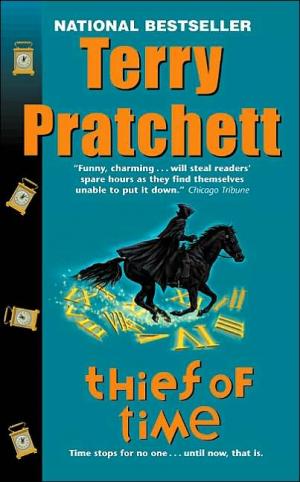"What is the art of immersion? The focus of the book is on how the internet is changing storytelling; and the idea is really that every time a new medium comes along, it takes people 20 or 30 years to figure out what to do with it, to figure out the grammar of that medium.
The motion picture camera was invented around 1890 and it was really about 1915 before the grammar of cinema--all the things we take for granted now, like cuts and point-of-view shots and fades and pans--were consolidated into first what we would recognize as feature films.
Birth of a Nation being the real landmark. It wasn't the first film that had these characteristics but it was the first film to use all of them and that people settled on that really made a difference.
I think we are not quite there yet with the internet but we can see the outlines of what is happening, what is starting to emerge; and it's very different from the mass media that we've been used to for the past 150 years. How so? Essentially, mass media is broadcasting, whether it's in print or over the air or whatever. It's one to many. [...] it was essentially one-way communication. There was very little way for people to write back. [...]
But one of the things your book does is it makes you realize how pervasive storytelling is and how fundamentally human an act it is. We like telling stories, we like listening to stories [...] When we retell them, we retell them with our own additions, subtractions; we retell jokes all the time, the most primitive form of it. The audience communication among each other is one of the things your book brings out.[...] You give a marvelous example of 19th century participation with the serial novel. [...]
Dickens as a young novelist was very influenced by the technology of the day, and so were his publishers. The situation was, in England in the 1830s, you had large numbers of people who had recently migrated to cities. Increasing numbers of them were literate, far more than had been the case even 50 years before. At the same time you had fairly rapid advances in transportation with the railroads, which guaranteed a distribution system, and printing presses, and the manufacture of paper. At the same time this sort of newly literate potential audience did not have a lot of money, so it wasn't very easy for them to go out and actually buy a book. But they could afford a small portion of a book. So, novelists like Dickens published their books in monthly installments, occasionally even in weekly installments. This meant that the writing of the novel was very much an iterative process. It was ongoing as the novel was being published. So, this made it possible for readers to make their feelings known.
And Dickens was, I think, perhaps even more than other writers at the time, very responsive to what his readers said. He didn't always follow their suggestions. With Little Nell in
The Old Curiosity Shop, as it became increasingly apparent that she was going to meet an untimely demise, there was a great hue and cry."
— Russ Roberts, host of
EconTalk in discussion with Frank Rose, author of
The Art of Immersion: How the Digital Generation is Remaking Hollywood, Madison Avenue, and the Way we Tell Stories
Read more...
Get
The Art of Immersion here...




















